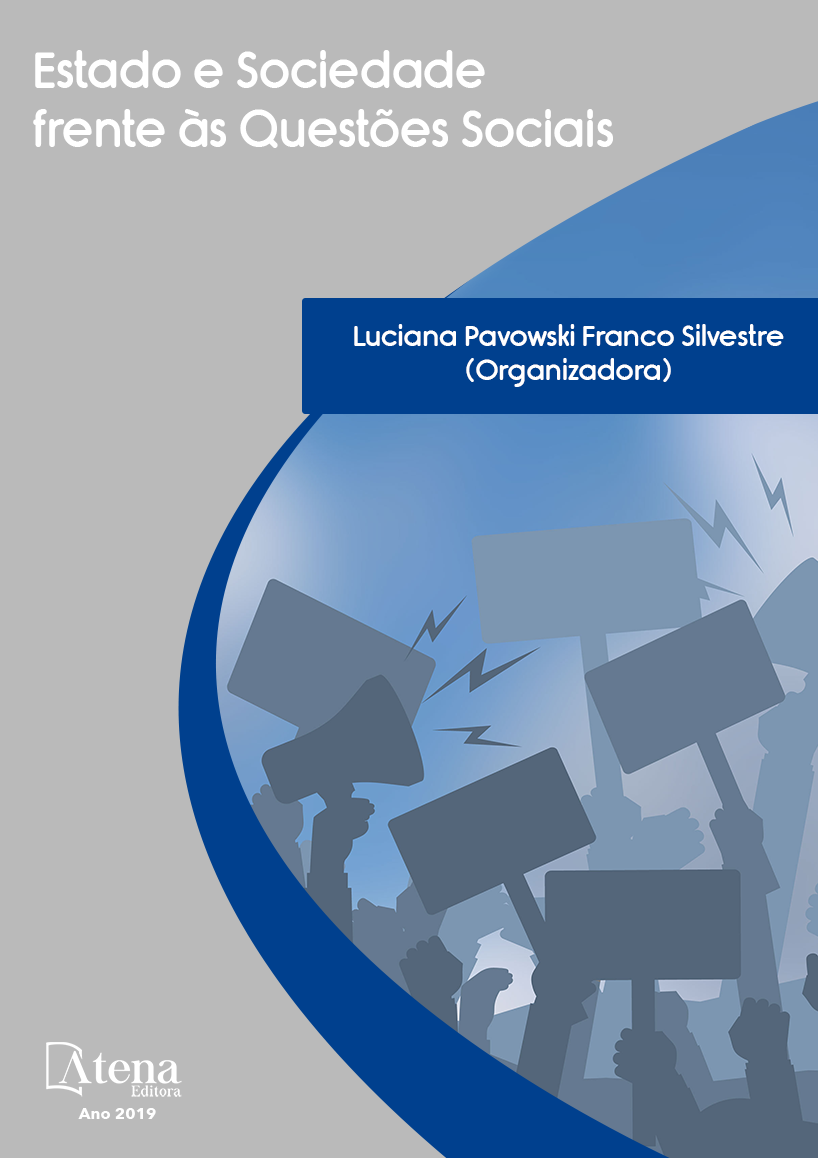
DELINQUÊNCIA FEMINIL: breves aspectos históricos e criminológicos
A criminalidade é um fenômeno
social intrínseco ao surgimento dos primeiros
povos, sendo aquela analisada de distintos
ângulos a depender do momento histórico e
da sociedade na qual é fonte de apreciações.
Diante disso, grandes estudiosos de diversos
períodos históricos buscaram entender não
só quem é esse indivíduo delinquente, como
também explicarem os motivos que os levaram
a delinquir. E a partir de estudos como estes,
destacaram-se Cesare Lombroso, Enrico
Ferri e Raffaele Garófalo, na segunda metade
do século XIX, ao “fundarem” a ciência da
criminologia tradicional ou positivista. Insta
salientar que esses estudos eram embasados
no homem delinquente, mas Lombroso, em
seu ilustre livro La Donna Delinquente, La
Prostituta e La Donna Normale traz a ideia
da mulher delinquente, como sendo aquela
desviante das normas impostas socialmente,
e, tendo a sexualidade como grande destaque
na caracterização dela como infratora ou
não. Assim, ao passar dos anos, no Brasil,
na década de 30 e 40 do século passado, há
necessidade de criação de presídios próprios
para abrigar essas mulheres consideradas como
criminosas. E, atualmente, o encarceramento
feminino cresce assustadoramente em relação
ao masculino, contudo sobre essa mulher
presa recai, em grande parte, o “manto” da
invisibilidade para a sociedade e para as ações
governamentais de política criminal. Por isso,
utilizou-se no presente trabalho os métodos
dedutivo e indutivo, doutrinas, rede mundial de
computadores, artigos científicos publicados em
eventos ou mesmo em revistas especializadas,
tanto nacionais, quanto internacionais, bem
como em pesquisas in loco.
DELINQUÊNCIA FEMINIL: breves aspectos históricos e criminológicos
-
DOI: 10.22533/at.ed.01419211118
-
Palavras-chave: Criminologia; Mulher delinquente; Presídio feminino; Encarceramento feminil; Política criminal.
-
Keywords: Criminology; Delinquent woman; Female prison; Female incarceration; Criminal policy.
-
Abstract:
Crime is a social phenomenon
intrinsic to the emergence of the first peoples,
being that analyzed from different angles
depending on the historical moment and the
society in which it is a source of appreciation.
Given this, great scholars of various historical
periods sought to understand not only who this
Estado e Sociedade frente as Questões Sociais Capítulo 17 219
delinquent individual is, but also to explain the reasons that led them to delinquent.
And from studies such as these, Cesare Lombroso, Enrico Ferri and Raffaele Garófalo
stood out in the second half of the nineteenth century, by "founding" the science
of traditional or positivist criminology. It is important to point out that these studies
were based on the delinquent man, but Lombroso, in his illustrious book La Donna
Delinquente, La Prostituta and La Donna Normale brings the idea of the delinquent
woman, as one that deviates from socially imposed norms, and, having sexuality as
great prominence in her characterization as infringing or not. Thus, over the years, in
Brazil, in the 30's and 40's of the last century, there is a need to create their own prisons
to house these women considered as criminals. And, nowadays, female incarceration
grows frighteningly in relation to the male, but on this woman prisoner falls, in large
part, the “cloak” of invisibility to society and to the government actions of criminal
policy. Therefore, deductive and inductive methods, doctrines, the worldwide computer
network, scientific articles published in national or international events or specialized
journals, as well as in on-site surveys.
-
Número de páginas: 15
- Isael José Santana
- ANA CAROLINA MEDEIROS COSTA PAULA


